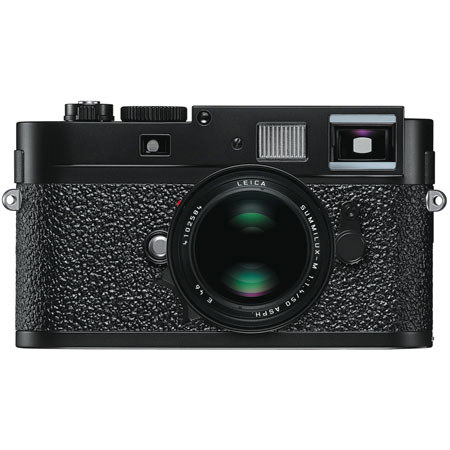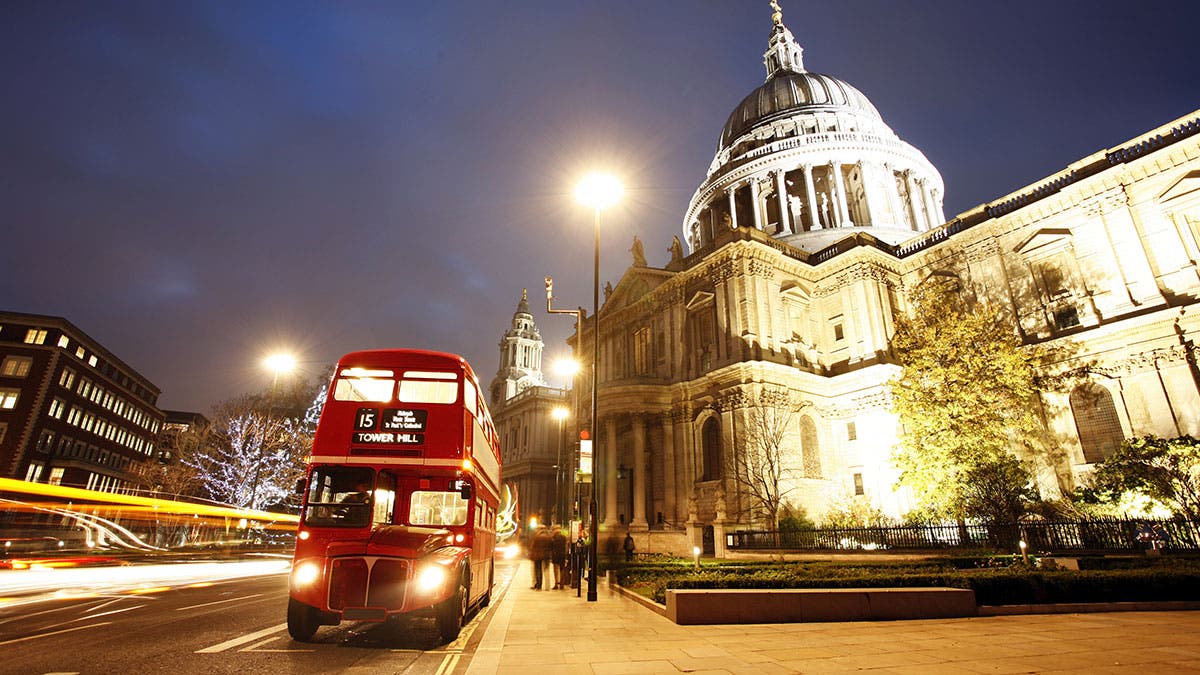
Overview
Compare
Protection
Q&A
Questions & Answers
GRAHAM N : Rangefinder or Auto focus?JEFF W : RangefinderHAMID H : it is a rangefinder and manual focus. Auto focus is not an option on this camera.ERIK O : Rangefinder, manual focusANDREW R : This camera is a rangefinder with a digital sensor.
Malon C : What is the difference between the M9 and the M9-P?JERRY Y : Not much difference. There is nothing different mechanically, exact same internal workings. The M9-P has sapphire glass covering the rear viewing screen, more scratch resistant. The only other differences I know of are elimination of the red dot and "Leica" on the front. "Leica" is inscribed on the top plate.
I had an M9-P for one week when the faux leather started lifting at the rear screen. So I returned it, and bought an M9. Which after a longer time, the same thing happened. I sent the camera to [www camera leather com] (not allowed to include other web sites, so join camera and leather into one word and put a period after www and before com) and had real leather installed. Zero problems since then. Well, except for the sensor cracking just before a vacation to the Galapagos.ANDREW R : Internally, they are virtually identical. The only real hardware difference is an updated scratch-resistant rear LCD on the M9-P with an anti-reflective coating and, in the interest of discretion, Leica has also removed the red-dot logo and the M9 nameplate from the M9-p.
Shopper : Why Did You Choose This?RON G : I wanted to expand the utility of my current leica lenses (purchased for leica film camera) into digital photography. As much as I love film, I take many more pictures of my children with a digital camera, and the editing is much simpler.
Reviews about this item
Review Summary
2011-08-05T21:00:00
Rated 1 out of 5
This camera destroy memory cards
A couple of weeks ago I got a new Leica M9. All excited, I put in the best SD card on the market, the SanDisk Extreme Pro 8GB. It took only a few hours of taking pictures before the card crashed and the camera become unresponsive until I removed the card. I wasn't worried at the beginning. I was in love. A few days after, I had a high profile portrait photo shoot for an important client. Of course I took the M9 and my beloved Leica 90mm with me, together with a new SanDisk SD card, not before installing the newest firmware update. It was a very long photo shoot with heavy production, a tight schedule and sweaty assistants. It was just before that end of the photo shoot that the other new SanDisk SD card Extreme crashed inside the M9, making the camera dead and the card unreadable in any device. With all the embarrassment, I had to reshoot everything all over again with my backup equipment. SanDisk were kind enough to replace the card immediately. "Bad batch" is was I was told. I got new SanDisk extreme pro cards from another batch. The same problem came back after one day. Both cards died again, erasing all of the images I created for my clients while shooting, causing me an enormous loss. This time, I decided to replace not only the kind of cards but the camera itself and to get another M9. I opened the new M9 Box, took the camera out, charged the battery, put a SanDisk Ultra card this time and went out to check the new one. The first issue I noticed was how slow the camera was writing to the card, but I was ready to live with that for the reliability. And by slow, I mean ridiculously slow. Much slower then the M8. Today, 5 days later, the camera started to behave very strangely with. I could see the pictures that I had just shot on the screen but then after few moments it disappeared from the card. Occasionally the camera got stuck stating "writing" indefinitely. I waited up to 20-30 minutes after shooting just one frame before removing the battery to fix it. Other times it said "no sd card". The card was formatted in the camera minutes before used. When I got back and downloaded the files, most of them were "written" but as 0 KByte files. Tried both DNG and Jpeg. After too long, as I approached Popular photography magazine Leica admitted that the M9/M9P suffers from malfunction causing files deleting and memory card corruption. Leica still selling the cameras while knowing about this malfunction More details available on my Blog
gillavi
About Leica M9-P
The combination of an extremely high-resolution sensor, high performance M-Lenses and careful processing of the digital data provides the best picture results under all conditions with the LEICA M9. The easy handling and simple menus of the camera allow the photographer to concentrate on taking the pictures and not the controls.
Sensor
Kodak's proprietary CCD Sensor for the LEICA M9 is optimized for the unique optical consideration of the Leica M-Lens System. With the extremely high resolution of the sensor, the LEICA M9 delivers outstanding image quality. The optimized pixel size of the CCD sensor reduces the need for digital post processing and produces an unequaled natural picture effect. Rich contrast, extremely high resolution and natural colors are the result across the entire frame.
Lenses
With the LEICA M9, all Leica M-Lenses offer the same angle of view as on an analog camera. For the first time, the full potentional of M-Lenses can be realized on a digital camera. Continuing the tradition of system compatibility, almost all Leica M-Lenses since 1954 can be used on the M9.
The extremely efficient sensor of the M9 demands high resolution, all of the new M-Lenses exceed this requirement. The excellent correction of optical defects and the high resolution make these lenses ideal for digital photography. The current M-Lenses are delivered with 6-bit coding on the bayonet, that is optically read by the M9. With this information, the M9 can compensate for vignetting. Lens information is included in the EXIF data of the file and in system flashes like the LEICA SF 58, the reflector position is automatically adjusted to the focal length of the lens.
Viewfinder
The Leica rangefinder system distinguishes the LEICA M9 from the single-lens reflex cameras and compact cameras. The rangefinder is ideal for reportage, available light and discrete and unobtrusive photography
Shutter
The LEICA M9 controls a new especially quiet metal laminent shuter blades, controlled by a microprocessor, that enables exposure time to 1/4000 second. Even in bright environments, the photographer retains the freedom to utilize the selective focus of an open aperture. Through the flash synch time of 1/180 second, daylight flash use is possible.
M9-P Upgrades
• Display cover glass made of Sapphire
• Vulcanite leatherette with either a black paint top cover or a silver chrome top cover
• Pure Leica look without Leica logo and M9 lettering on the front side
• Classical "Leica" engraving on the top cover
The new features of the Leica M9-P elevate the M9 further into the camera of choice as a professional tool. The new look of the Leica M9-P harks on Leica's classic look of being unobtrusive in appearance without the Leica logo.
The display cover glass is made of Sapphire which is the second hardest material after diamond. As such the display cover is extremely scratch resistant and unbreakable. Leica is the only camera manufacturer that offers a sapphire glass as a camera display protection.
The vulcanite leatherette offers good resistivity and further provides a very good grip to the camera. The Leica M9-P is available with a silver chrome top cover or with a black paint top cover.
All other technical information on the Leica M9-P is similar to the Leica M9.
What's in the box:
- Leica M9P Digital Rangefinder Camera
- Battery charger 100 240 V with two power cords (Euro
- USA) and one car charging cable
- lithium-ion battery
- USB cable
- carrying strap
- License code for download of Adobe Photoshop Lightroom 4
- Instruction manual and 2 Year warranty card.


